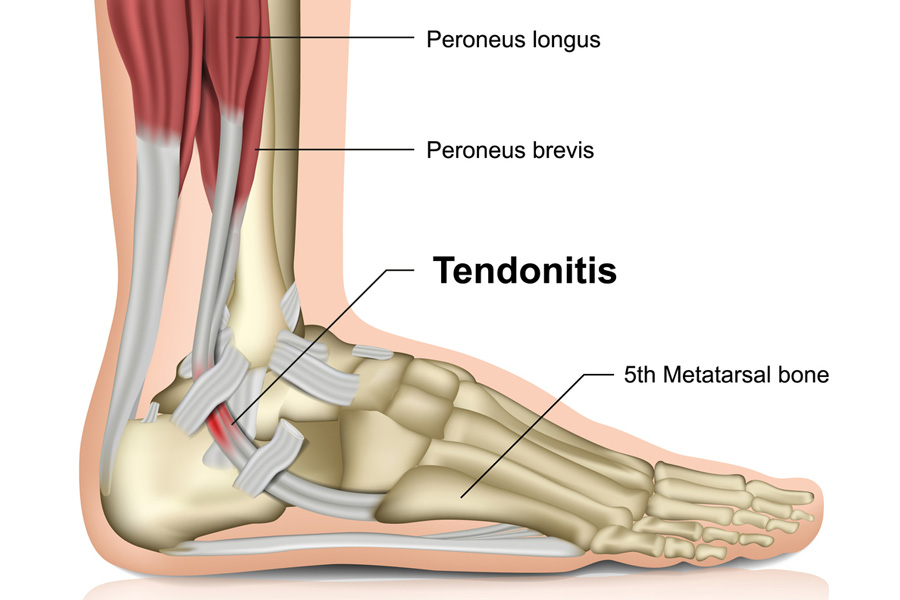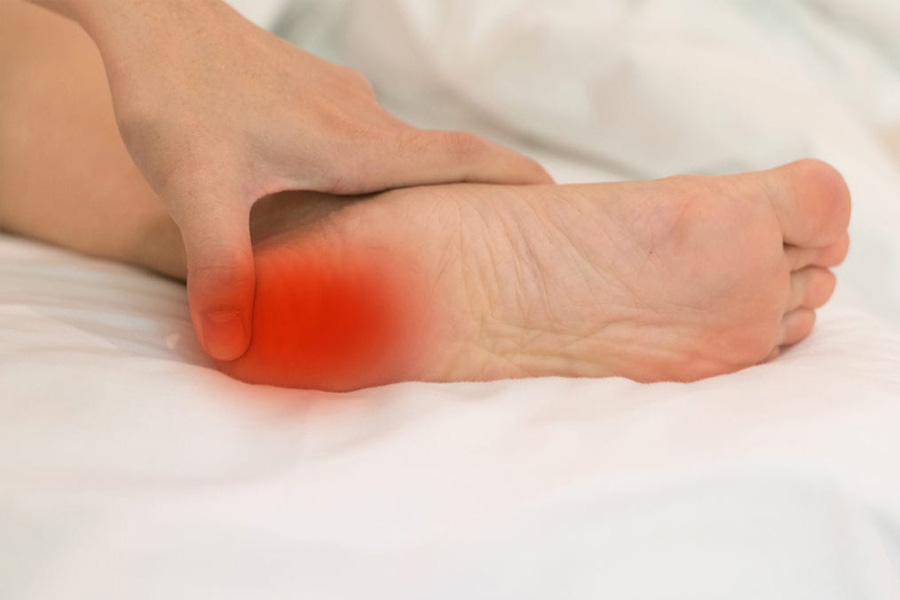Posterior tibial tendonitis–also called acquired flat foot–can cause significant pain, an inability to ambulate properly, and eventual deformity. Inflammatory in nature, this podiatric condition can worsen over time without proper care and treatment.
In this blog, we will talk about the causesand symptoms of posterior tibial tendonitis and why you should seek treatment from a foot and ankle doctor, or a podiatrist, for this condition.
What Causes Posterior Tibial Tendonitis or Flat Feet?
Caused by a number of health and lifestyle factors that lead to significant soft tissue inflammation, posterior tibial tendonitis affects the tough cord, or tendon, which connects the calf muscle to the inside aspect of the foot. As inflammation develops, so does pain, and the arch of the foot loses support. Posterior tibial tendonitis can also be congenital and run in families.
Predisposing factors for this common podiatric problem include:
- A family history of the condition
- Obesity
- Being age 40 or above
- Diabetes
- Hypertension
- Previous podiatric or orthopedic surgery or injury
- Overuse, or repetitive, injury to the ankle and foot from sports (such as football, basketball, or track and field) or work
- A hard impact from a blow to the leg or from a fall
Symptoms of Posterior Tibial Tendonitis or Flat Feet
Depending on the severity of the condition, a person with flat feet may develop a fallen arch on the foot. This causes an inability to raise the heel off the ground, as well as:
- Pain
- Swelling
- An inability to walk on surfaces that are rough or uneven
- Inward rolling of the affected ankle
- Limited ability to run or walk normally
- A noticeable limp
- Problems with climbing and descending stairs
Treatment Options for Flat Feet
Flat feet symptoms are likely to get worse over time without treatment and lifestyle changes.A podiatrist can help diagnose and treat this condition.
Your foot and ankle specialist may do a hands-on examination and ask you to walk and do heel raises to assess the severity of the issue. You may also be asked to undergo imaging studies, like X-rays, to rule out other possible causes and to pinpoint the soft tissue damage and its severity.
Fortunately, most people do not require corrective surgery to correct this issue. The most common treatments include:
- Resting the feet often, especially when symptoms are bad
- The use of customized arch supports, or orthotics, worn within good quality shoes to stabilize the feet and fix the gait
- The use of crutches, an ankle brace, or a walking boot to take pressure off the tendon in severe cases
- Over the counter anti-inflammatory/pain medications
- Physical therapy, including strengthening exercises
Be sure to follow your podiatrists recommendations carefully, and report any additional symptoms or increase in pain right away.
Quality Posterior Tibial Tendonitis Treatment in the Cincinnati Area
At Cincinnati Foot and Ankle Care, our experienced podiatrists have the expertise to treat painful tendon problems such as tibial tendonitis. We do state-of-the-art diagnostic imaging onsite and can get you up and moving quickly.
If you have a question or concern about the health and function of your lower extremities, select one of our 18 locations, and give us a call. We will arrange an informative consultation for you with one of our doctors. Or, you may request your appointment online.




